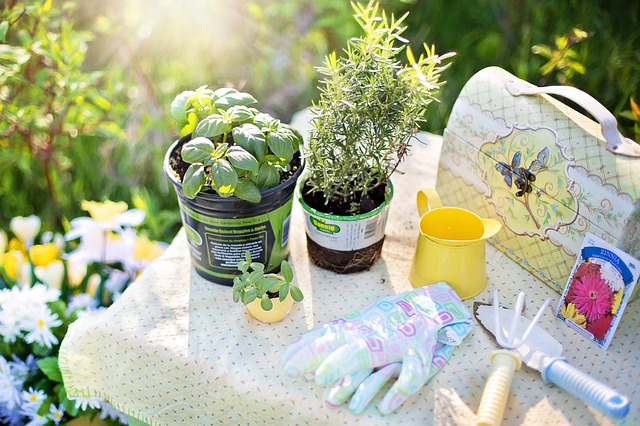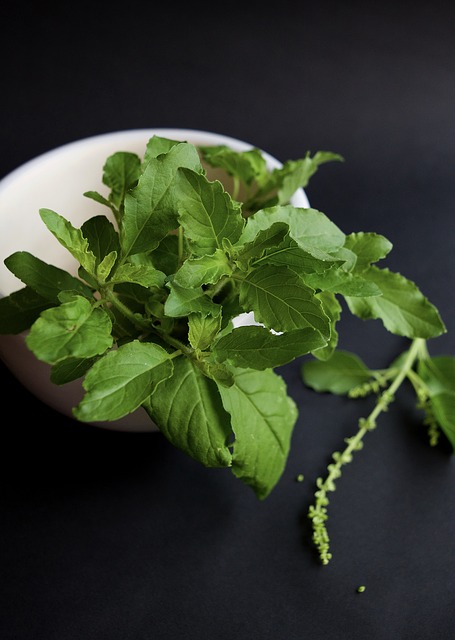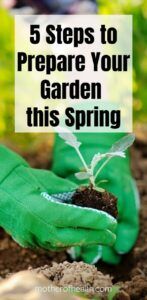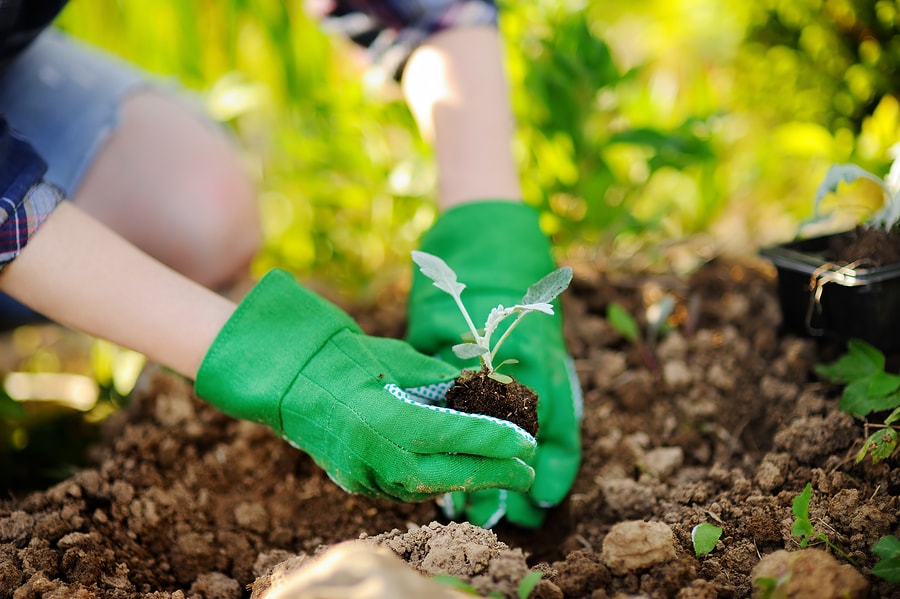Preparing Your Garden in the Spring
1. When To Start
2. Change Locations and Rotate Crops
3. Add Nitrogen by Planting a Cover Crop
4. Take a Soil Test
Soil testing is often neglected by the home gardener. But a soil test will show you which nutrients are lacking in your vegetables and fruits. Most tests suggest which additives and amendments will help the growth of your crops.
5. Add Compost to Improve Your Soil
Here are few more tips and ideas on what to plant during the spring season:
- Remove old mulch – Remove mulch that was placed down during the winter time and replace it with fresh mulch. This is a good time to clean up any other debris that may be around your garden.
- Prune plants and shrubs – Early spring is the perfect time to clean up any plants and shrubs. Remove any dead branches, prune out crossing branches or prune back to a bud. Avoid pruning any plants or shrubs that bloom early in the spring such as lilacs.
- Pull weeds – If you avoided your garden during winter time, then you are bound to have some weeds popping through. Remove all weeds from your garden and pull any you see as the season goes on. Pulling weeds can be hard and tedious work but can be lessened by keeping up with it daily.
- Prepare the soil – As soon as your soil is ready, start tilling your garden about 8 inches beneath the surface. Then add a layer of organic matter or compost and fertilizer. If you grab a handful of soil and squeeze it and the soil crumbles through your fingers then you know it’s ready to be worked on.
- Test the soil – Test the pH levels of your soil to determine if your soil is acidic or alkaline. Most plants can thrive on pH levels ranging from 6.0 to 7.5 but some require it to be more acidic or alkaline. Blueberries, for example, thrive on soil that is slightly acidic.
- Start or plant seeds – Start seeds by sprinkling the seeds over moist and loosened soil. If you started seeds inside, during the winter, then now is a good time to transport them outside.
- Plant trees and shrubs – When planting trees, make sure the trunk is at or just above the soil level. Apple, cherry, and peach trees are a few ideas. The later you wait to plant, during the spring, the slower your trees will develop.
- Plant cool-season annuals – Cool-season annuals are plants and flowers that prefer cooler temperatures. Some ideas include pansies, violas, nemesia, diascia, poppy, and snapdragon.
- Plant vegetables – Plant hardy and semi-hardy vegetables in early spring. This includes broccoli, Brussels sprouts, cabbage, English peas, kale, kohlrabi, leeks, mustard greens, parsley, radish, spinach, turnip, beets, carrot, cauliflower, celery, Chinese cabbage, Irish potatoes, lettuce greens, rutabaga, and Swiss chard.
- Plant fruit – Once any chance of frost has passed plant melons, blueberries, strawberries, oranges, cherries, papaya, and raspberries.
Use these tips to plan the activities you need to do in order to take care of your spring garden.
Planting Herbs

-
- Rosemary
- Cilantro
- Parsley
- Thyme
- Winter savory
- Chives
Also, plant garlic now if you didn’t get it planted in fall, allow nine months for harvest.
Soil for growing herbs does not need to be rich or even amended with anything other than a light amount of compost. As mentioned above, compost improves drainage, necessary for growing herbs.
Ayurvedic Herbs

Start the Tulsi plant from seeds indoors. Then put it outside when temperatures warm, and pay particular attention to pinching, pruning, and fertilizing
If you take special care of your Tulsi basil plant through summer, it will be hearty and robust to come inside to live as a houseplant next fall. This provides regular use of Holy Basil leaves for your ailments.
Wherever you’re located, start getting your spring garden ready to grow your choice of vegetables and herbs. They’re healthier for you and your family and will offer you a sense of accomplishment.
Written by Becca Badgett
Becca is a long- time gardener with a passion for growing organically in the vegetable garden and sharing her experience. She believes everyone should grow a herb garden, inground or in containers and use those herbs on a regular basis to improve overall health. Her passion for growing led her to attend a Horticulture Program at a local community college and share what she’s learned with numerous articles on the web. She is certified in Greenhouse Management and Operations, Landscape Design and is licensed as an NC Pest Control professional. Take advantage of her expertise through our gardening articles and get your garden growing. She contributed to the book “How to Grow an Emergency Garden”, available on Amazon. Read it free on Kindle Unlimited



Hi
I have been looking for a way to change my garden as it is very boring and really needs some colour and life in it.
I am not a very good gardener so every tip is great:) my soil is a bit like clay in some places is that ok for plants?also what plants would you have against a fence?.
I have also always wanted to grow my own herbs so this post is pretty informative for me.
Thanks:)
t is always fun to make changes in the garden, but it can sometimes be a challenging project.
Clay soil is best amended with compost and garden soil so you will have drainage and nutrients for what you grow. Considering the time of year, you could plant some seeds of perennial flowers with summer blooms and purchase some flowering annual plants to grow with them for immediate color. Please consider how much sun you’ll have in the areas you’ll be planting so that you can buy compatible seeds. It is also a perfect time to plant herb seeds, both annual and perennial herbs. Plant in a sunny spot and keep them moist if there is no rainfall. You can also purchase plants if you’d prefer not to try growing from seeds. And consider friends and family with gardens that might share seeds and cuttings with you.
As far as plants for your fence, that would depend on what, if anything is growing nearby. If nothing is planted, you might want to consider a shrub border of different bushes that bloom at various times of the year. You could also add some vines that will climb up[ your fence, such as Moon Flower, Morning Glory and Cardinal vine, with shorter blooms of lilies growing at the base. Please keep us posted as to how your garden is growing and thanks for asking. Best, Becca